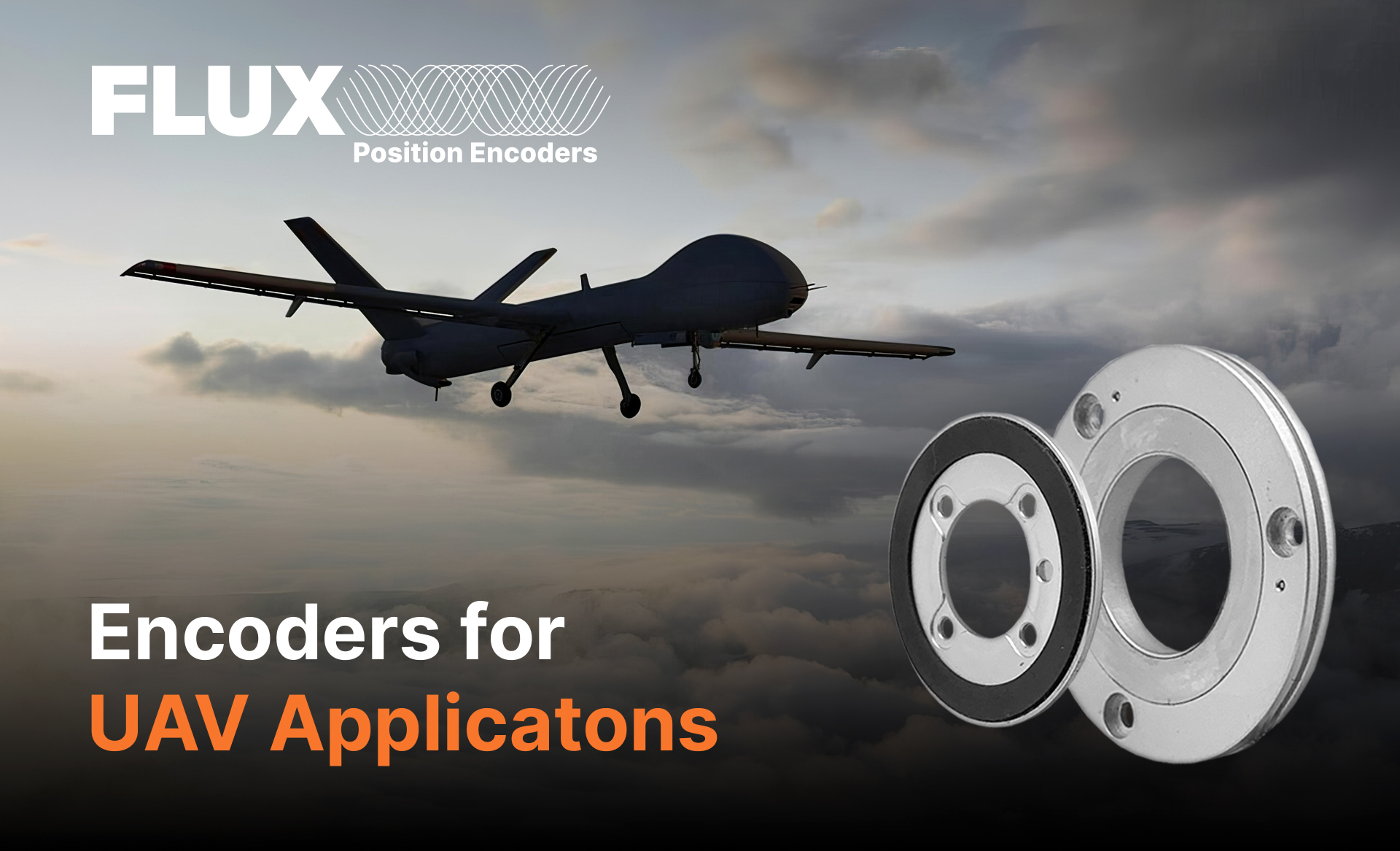Selecting Encoders for UAVs: A Comprehensive Guide
Selecting the right encoder for a UAV involves understanding the specific requirements of the application and the environmental conditions in which the UAV will operate.
3 Considerations When Selecting an Encoder for UAV’s
Unmanned Aerial Vehicles (UAVs) have revolutionised industries from agriculture to defence, thanks to their ability to perform complex tasks autonomously. A critical component in ensuring precise and reliable operation of UAVs is the encoder, a device that provides accurate feedback on the position, speed, and movement of various mechanical parts. Selecting the right encoder for a UAV involves understanding the specific requirements of the application and the environmental conditions in which the UAV will operate.
1. Understanding the Application Requirements
When selecting an encoder for a UAV, it is essential to first define the application requirements. UAVs are used in a variety of tasks, from surveillance and mapping to cargo delivery and search-and-rescue missions. The specific role of the UAV will determine the type and performance characteristics needed for the encoder. Key factors to consider include:
- Type of Motion: The UAV may require encoders to provide feedback for rotary motion (such as the rotation of propellers or gimbals) or linear motion (such as adjusting wing flaps or landing gear). Identifying the type of motion is crucial in selecting the appropriate encoder.
- Precision and Accuracy Needs: The level of precision required by the UAV is determined by its application. For example, a UAV used in agriculture for precise spraying requires highly accurate position feedback to ensure correct coverage, while one used for general surveillance may have less stringent accuracy requirements. Encoders with high resolution and minimal error rates are preferred for applications needing fine control.
- Size and Weight Constraints: UAVs have strict size and weight limitations to optimize flight time and performance. The encoder must be compact and lightweight, minimizing its impact on the UAV’s overall weight budget while still delivering the required functionality.
2. Environmental Considerations
UAVs are often exposed to a variety of environmental conditions, from extreme temperatures to high levels of dust or moisture. Selecting an encoder that can withstand these conditions is crucial for ensuring reliable operation. Key considerations include:
- Temperature Range: UAVs may be exposed to wide temperature variations, especially in high-altitude flights or extreme climates. An encoder must be able to operate within the expected temperature range without losing accuracy or functionality.
- Protection Against Contaminants: Dust, dirt, moisture, and other contaminants can impact encoder performance. Encoders with appropriate ingress protection (IP) ratings are better suited for outdoor or industrial applications, ensuring reliable operation in various environments.
3. Integration and Compatibility
When selecting an encoder for a UAV, it is also essential to consider its compatibility with the UAV’s existing systems and components. Factors such as communication protocols, power requirements, and physical size should align with the UAV’s design and control systems. Easy integration with the UAV’s flight controller or other components can reduce complexity and enhance overall system reliability.
Learn more about FLUX INDUCTIVE Rotary Encoders.

